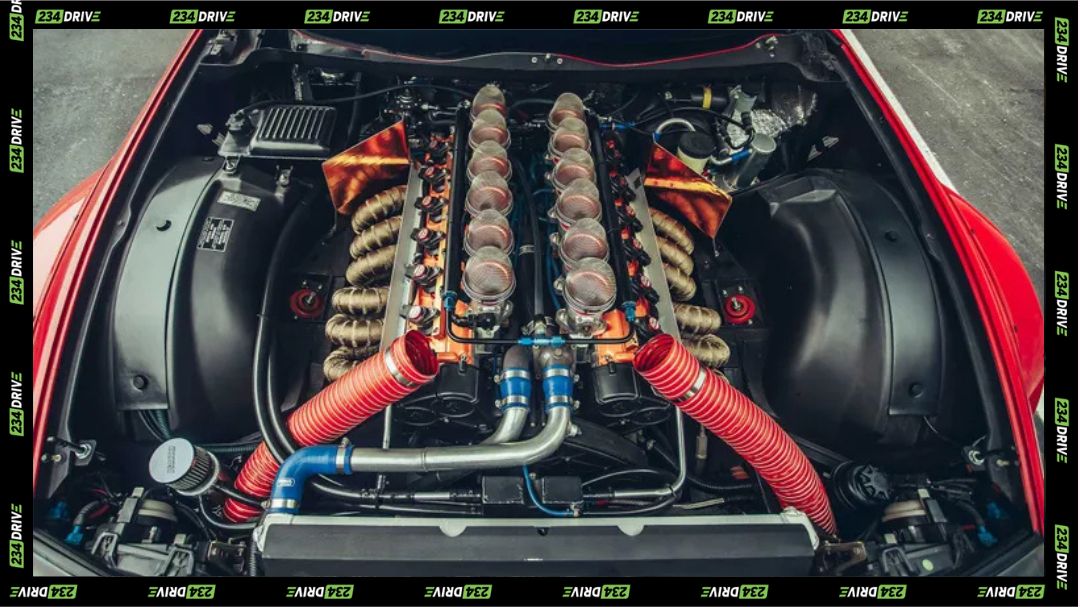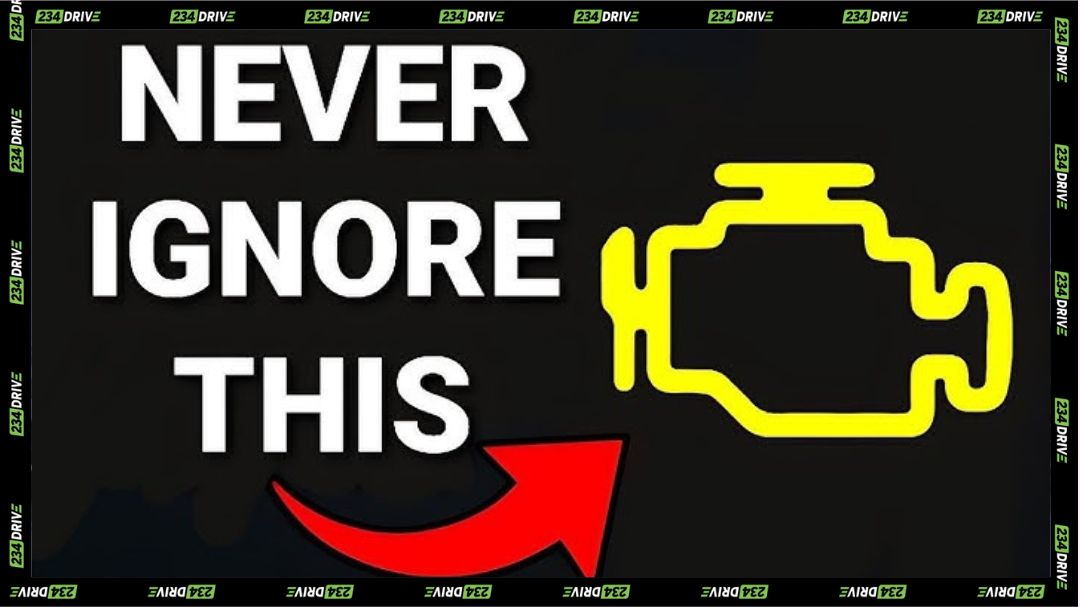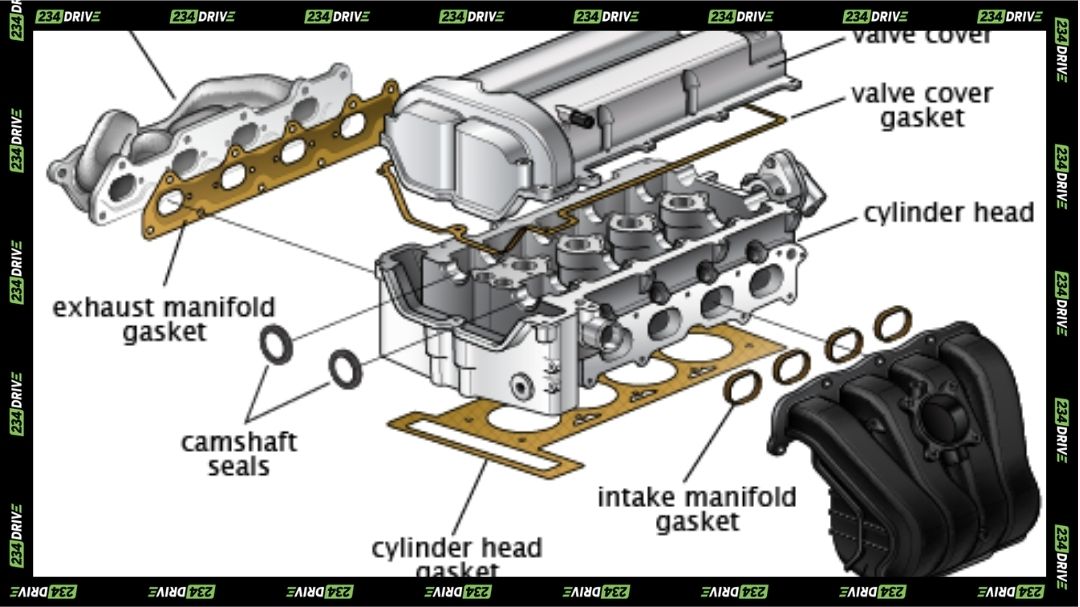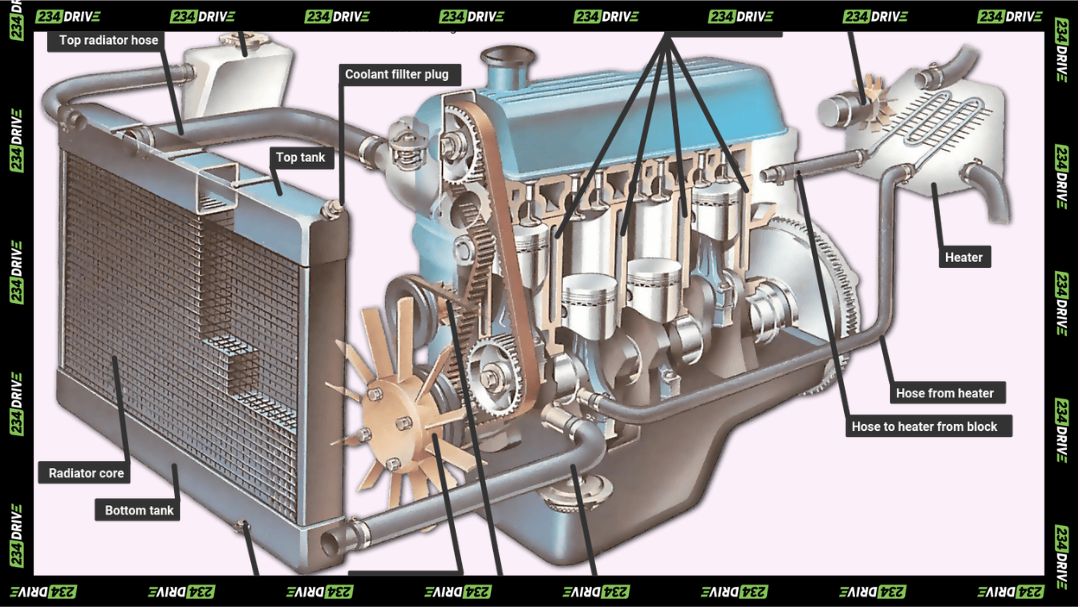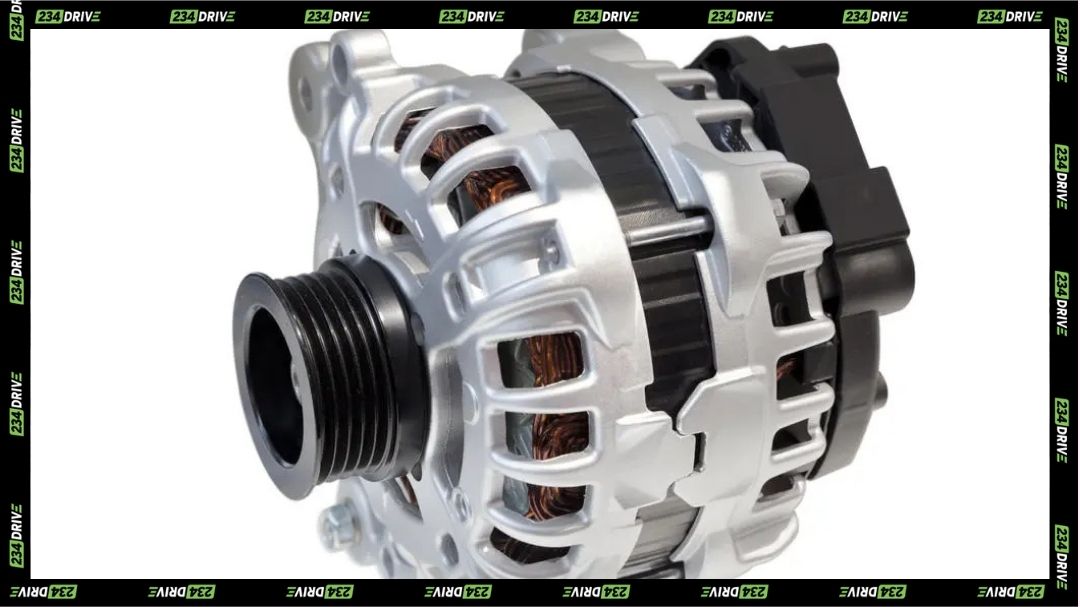Car care advice is often full of myths carried over from older generations of vehicles. While those tips might have worked for carbureted engines and simpler mechanical systems, today’s cars use advanced technology, tighter manufacturing tolerances, and more durable fluids. Following outdated rules can lead to unnecessary costs, wasted resources, and even mechanical damage.
Modern engines, electronics, and materials are designed with very different service needs than vehicles from the 1980s or 1990s. To take care of your car properly in 2025, you need facts based on current engineering and manufacturer recommendations. Here’s the straight truth about the most common myths still circulating among drivers.
Myth 1: Change Your Oil Every 3,000 Miles
With synthetic oils and advanced engine designs, cars like the Toyota Corolla (2019 onwards), Honda Civic, and Mercedes-Benz E-Class can comfortably run 5,000–7,500 miles before needing an oil change. Following the manual’s recommendations ensures efficiency and prevents waste.
Some high-end vehicles, such as BMWs with Longlife-01 approved oil, can go up to 15,000 miles between changes. Over-changing wastes oil and money, and can cause unnecessary wear from repeated handling. Always confirm your oil change interval in the owner’s manual for your specific model.
Myth 2: Warm Up the Engine for 10 Minutes Before Driving
Fuel-injected cars, such as the Hyundai Elantra, Toyota Camry, and Kia Sportage, are ready to drive within about 30 seconds of starting. This is because modern fuel injection systems deliver the precise amount of fuel needed immediately, unlike older carbureted engines that required prolonged warming.
Extended idling, especially in mild climates like Nigeria’s, wastes fuel, increases carbon buildup in the engine, and contributes to higher emissions. In cold weather regions, the best approach is to let the engine run briefly and then drive gently—this warms the engine and transmission faster than leaving the car stationary.
Myth 3: Premium Fuel Will Make Any Car Perform Better
Premium fuel benefits cars designed for it, such as the Audi A6 3.0T, Lexus RC350, and Porsche 911, which have higher compression engines that require the knock resistance of higher-octane petrol. In these engines, using regular unleaded can lead to knocking or reduced efficiency over time.
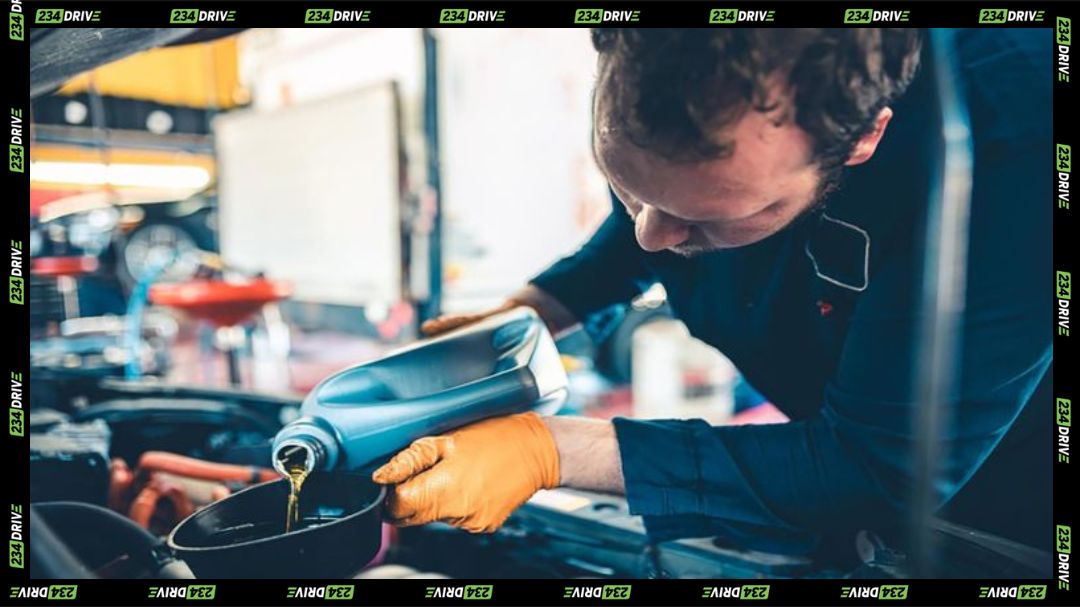
If you drive a Nissan Altima, Toyota RAV4, or Ford Focus designed for regular petrol, switching to premium will not improve horsepower, acceleration, or fuel economy. You’ll simply be paying more for fuel without gaining any tangible performance benefit, and in some cases, prolonged unnecessary use may contribute to carbon buildup in the combustion chamber.
Myth 4: Only Dealerships Can Service a Car Under Warranty
Whether it’s a Mazda CX-5, Volkswagen Golf, or Toyota Hilux, servicing at a certified independent garage will not void your warranty as long as the work meets manufacturer specifications and uses approved parts and fluids. For example, a Mazda CX-5 can have its oil change and inspections done at a trusted local mechanic, provided they follow Mazda’s service guidelines. The same applies to Volkswagen and Toyota models, which can be maintained outside the dealership without affecting coverage.

To safeguard your warranty rights, keep detailed receipts, service records, and, when possible, documentation of the parts and fluids used. This provides proof of proper maintenance if a warranty claim arises.
Myth 5: Inflate Tyres to the PSI on the Sidewall
The figure on the tyre sidewall is the maximum safe pressure the tyre can handle—not the ideal day-to-day operating pressure. For example, a Honda CR-V may recommend 35 PSI in the door jamb, while the tyre itself might show 44 PSI as the maximum capacity. Filling a Toyota Land Cruiser’s tyres to that maximum sidewall number instead of the recommended PSI can reduce grip, cause uneven tread wear, lengthen braking distances, and increase the risk of blowouts.
Manufacturers determine the recommended PSI based on vehicle weight, suspension setup, and handling characteristics, so always use that figure for optimal safety and performance.
Myth 6: Car Batteries Always Last 5 Years
Batteries in vehicles like the Toyota Highlander, BMW 3 Series, or Ford Explorer typically last 3–5 years, but this depends heavily on usage patterns, driving conditions, and climate. In hotter environments such as Lagos or Abuja, the heat can accelerate fluid evaporation and chemical breakdown inside the battery, often shortening its lifespan to closer to three years.
To avoid unexpected breakdowns, it’s smart to begin annual battery testing from the third year of ownership. This allows you to catch weakening performance early, replace the battery before total failure, and maintain reliable starts in all conditions.
Myth 7: Brake Fluid Never Needs Replacing
Models like the Honda Accord, Subaru Forester, and Mercedes-Benz C-Class need brake fluid changes every 2–3 years to maintain safe stopping performance. The hydraulic brake system relies on fluid that is hygroscopic, meaning it absorbs moisture over time, which can corrode internal parts and reduce braking efficiency.
Neglecting this maintenance can lead to spongy brake feel, longer stopping distances, and costly repairs to components like calipers and master cylinders. Regular brake fluid replacement is a relatively low-cost service that can prevent expensive damage and keep your braking system operating at peak safety.
Myth 8: Wait Until Tyres Reach 2/32” Tread Depth to Replace
If you drive a Toyota Prado, Honda Pilot, or VW Passat, replace tyres at 4/32” for safer wet-weather performance and improved traction. This tread depth offers a better margin for stopping quickly and resisting hydroplaning on wet roads.

Waiting until the tyres wear down to the legal minimum of 2/32” significantly increases stopping distances, reduces control in heavy rain, and raises the risk of losing grip during emergency manoeuvres.
Myth 9: Flush Transmission Fluid Every 30,000 Miles
Modern cars like the Toyota Corolla CVT, Hyundai Sonata, and BMW X5 are engineered with transmission systems that can go 60,000–100,000 miles before requiring fluid service under normal driving conditions. For example, the Corolla’s CVT fluid is formulated to last far longer than the old 30,000-mile rule, and the Sonata’s automatic gearbox is tuned for extended service intervals when maintained correctly.
Some premium brands, such as Mercedes-Benz, use sealed transmission units in certain models like the 7G-Tronic. The manufacturer claims these may never require a fluid change in their lifetime unless heavy-duty or extreme driving conditions dictate otherwise. Always verify the correct schedule in the owner’s manual for your specific vehicle.
Myth 10: Replace the Air Filter Every 12,000 Miles
Cars like the Kia Rio, Toyota Yaris, and Chevrolet Malibu can often go 20,000–30,000 miles before needing an air filter change, unless driven in dusty areas. Check and replace only when dirty or per the manual.
Other Outdated Tips to Ignore
Coolant changes every year are unnecessary for most modern vehicles in Nigeria. Many manufacturers now use long-life coolants that can last up to 5 years or 150,000 miles, making the old annual flush routine wasteful. In a Nigerian context, where high temperatures are common, it’s still important to check coolant levels regularly and top up with the correct type to prevent overheating.
Using dish soap to wash your car is also a bad idea, as it strips away protective wax and accelerates paint fading under the harsh sun—always use car-specific shampoo. Likewise, tyre rotation doesn’t have to be done at every oil change. For most sedans and SUVs driven in Nigerian conditions, rotating every 7,500–10,000 miles (or roughly 12,000–16,000 km) is enough to promote even wear and extend tyre life.
Bottom Line
Modern cars require maintenance schedules based on current engineering, not decades-old habits. For Nigerian drivers, this means considering local road conditions, climate, and fuel quality when planning service intervals. Rely on your owner’s manual as your primary guide, but stay attentive to changes in performance or handling. Maintain accurate service records and partner with a trustworthy mechanic so you can adapt your maintenance plan as your car ages. By staying informed and flexible, you’ll save money, keep your vehicle reliable, and make better decisions about when, how, and where to carry out future maintenance.


